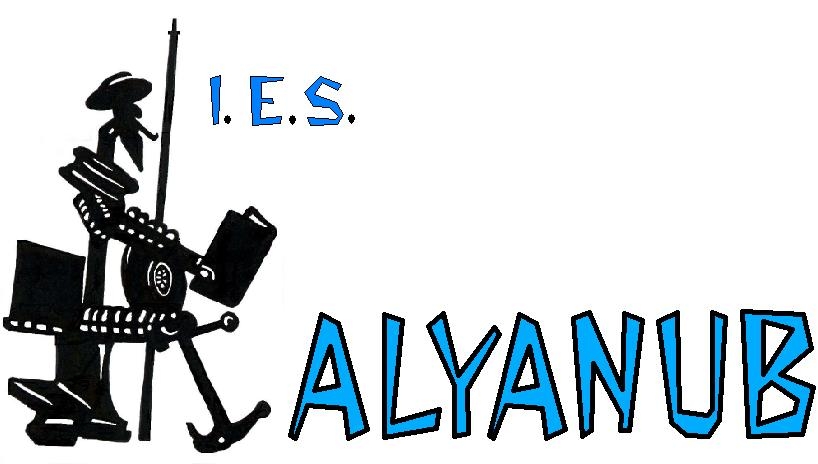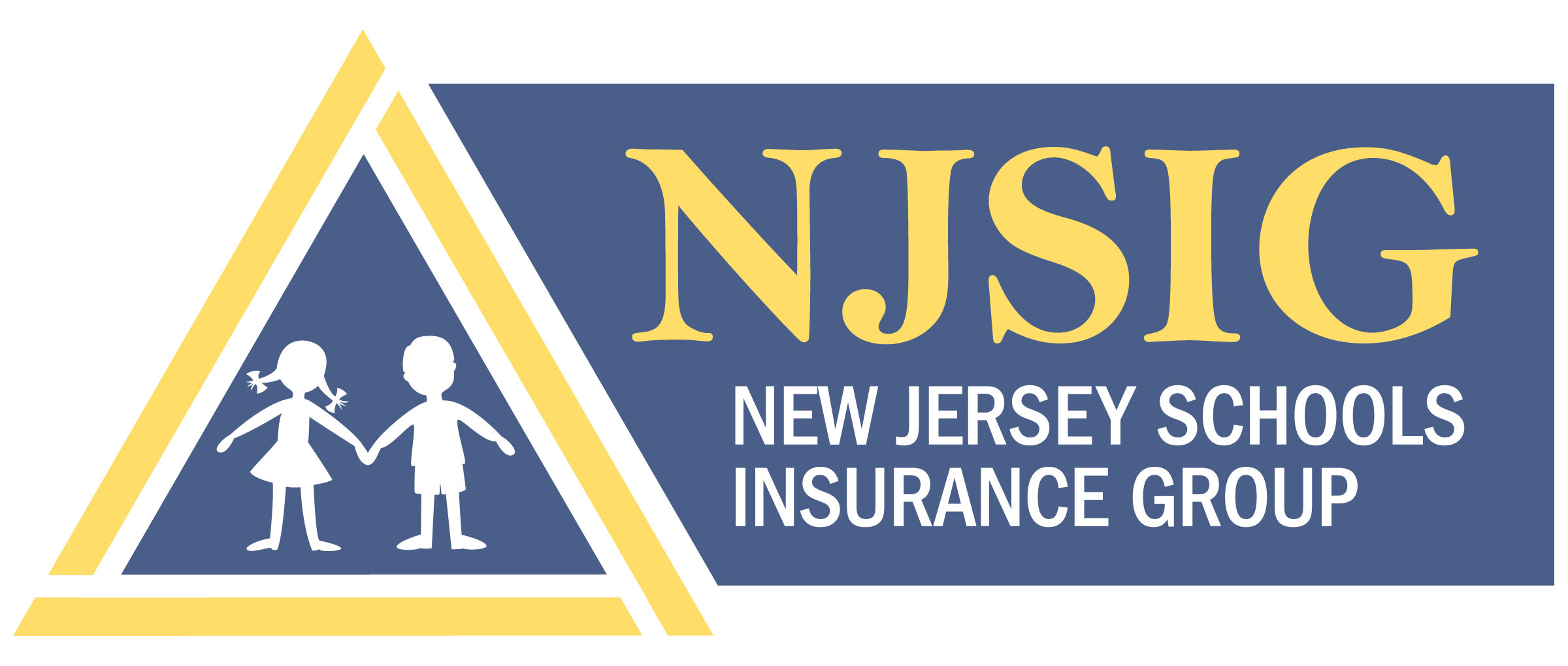PAGE 5 OF 5 FILED ELECTRONICALLY JUNE 4 2012
13 DATE FILED (TO BE INDICATED BYBEGIN PSTNODEDOC DEFFILEVERSION{093A} DEFFILEDATE{930312} PSTNODETEX NODE
1 AFFIDAVIT OF TRANSLATION FILED IN FAMILY COURT OF
9 COMPLAINT FILED ON 2212005 DECIDED ON 2582006 BEFORE
Answer Form for use to Reply to Complaints Filed
APPLICATION FOR DIVORCE – FORM 3 FILED IN FAMILY
Strategies for reducing reliance on high-cost, short-term, small amount lending
Page
FILED ELECTRONICALLY June 4, 2012
RE: Comments to Survey
General Manager
Retail Investor Division
The Treasury
Veritec has read and is commenting on several key questions contained in the survey. Veritec currently operates in 13 US jurisdictions covering 85 million consumers. Veritec provides technology to regulatory agencies in order to enforce states’ short term lending policies that have successfully eliminated the cycle of debt and allowed industry to provide much needed short term credit to consumers.
Veritec has previously commented on the Amendment and agrees that short term credit costs can be capped as to avoid illegal lending, but unless the underlying lending practices are either eliminated or curtailed, Australian consumers will continue to end up in endless cycles of fees and unsustainable borrowing.
Veritec’s understanding of the survey is to seek information concerning the following:
Reducing the need for high‑cost, short‑term, small amount credit;
reducing the risks to individuals from high‑cost, short‑term, small amount lending (the objective of the reforms in the Enhancements Bill);
providing alternatives to high‑cost, short‑term, small amount lending; and
providing a greater level of assistance to individuals who are in a debt cycle.
In our role Veritec is routinely asked for data in order for policy makers to understand the short term lending market. This short response in two categories seeks to provide some information to Government that may or may not have been reviewed.
Providing alternatives to high‑cost, short‑term, small amount lending
This is perhaps the most challenging aspect of the survey. In the US perhaps as many as 25% of households are un-banked or non-banked. Definitions of this vary among academics but suffice to say, many of these households look to non-depository institutions to provide a variety of financial services such as short term lending. Short term lending appeared in the US in the mid 1990’s and most academics would site several causes. First, mainstream financial institutions stopped making small dollar signature loans to customers as regulatory costs increased surrounding these programs. Second, technology advancement allowed banks and credit unions to provide small “bridge” loans via overdraft protections schemes. These programs did not require application processes or any significant underwriting costs. Also, back office systems could automate the extension and collection of this form of costly credit. And third, credit card proliferation extinguished any remaining demand for small dollar signature loans. And with these developments, many households were left out of these credit mainstream options. For the family that lived paycheck to paycheck, overdraft protection was a much more costly option for credit than what non-depository institutions started offering; short term or payday loan products. These products were simple, anonymous (in terms of credit reporting) and uncollateralized. However, it soon became apparent that their very attractiveness to the consumer led to consumer problems with this form of credit. As addressed by Veritec in previous submissions, behaviors that have already been identified by Government began to proliferate. Therefore, the policy debate that is still occurring in the US, Canada, UK, and Australia are all similar. How to craft small dollar lending policy, and how to reduce the need for these loans in the first place.
Veritec has observed several attempts to not necessarily lower the demand of this product, but replace the demand by lower cost providers. However, the results are not encouraging.
R

Additionally, the pilot program pointed out that banks were not willing to cannibalize their existing fee structures and revenue from overdraft protection programs.
2) Encourage credit union participation. While many organizations stress that community based credit unions should be extending small dollar loans at “reasonable” costs, these organizations face some of the same challenges that traditional lenders face. In fact, a recently published research paper Some New Evidence on Competition in Payday Lending Markets, Victor Stango – University of California at Davis, May 2012 has pointed out why credit unions are unable to fill this demand. The key to this research is to look at whether or not current payday loan markets are being priced at above break even or at break even and below. The research suggests that credit unions see little chance to break even on a low- priced payday loan product. In fact, those credit unions that did offer payday loans offered them at very similar prices to traditional payday lenders.
While this response does not necessarily bode well for alternatives in the market place that are priced substantially lower, it does illustrates that attempts have been made in very large scale to see what may work. However, unless household incomes increase to the point of having excess funds to cover unexpected expenses, short term lending will continue to proliferate.
reducing the risks to individuals from high‑cost, short‑term, small amount lending (the objective of the reforms in the Enhancements Bill);
Veritec has previously commented on the recommendations found in the Enhancements Bill. Veritec agrees with the Bill’s approach and further can provide evidence that moderate costs on credit, the elimination of roll-overs with fees, and curbs on simultaneous borrowing would be dramatically beneficial to Australian consumers. However, Veritec also observes that setting the cap on credit too low will lead to illegal lending and the drying up of legal lending markets. Veritec reiterates the following two policy positions that are contained in the Enhancements Bill but points out that the bill lacks any meaningful way to effect enforcement.
Rollovers: The practice of extending, flipping, or extending short term, small dollar loans into long term higher cost long term loans is contrary to the original product being offered in the market place. However, without reform, this practice will continue and will only result in a worse of financial situation for the consumer. Government has already reviewed evidence from a number of academic studies conducted in the US that recommends that any short term loan product should be limited to the short term. The price of those loans should be commensurate with the risk and duration of the loan. If the lender is simply allowed to increase the term of the loan and price the same original risk into the loan, the lender is able to lower their overall risk of non-repayment by returning the original principal loaned in successive fee collection. For example, the lender that lends $100.00 for a two week loan at a $35.00 charge, simply need to “roll” or extend the loan 3 times for the $25.00 charge in order to offset the original loan amount. Three or four more extensions will then yield substantial returns on the original principal lent. At that point, whether or not the original note is repaid is inconsequential. Most jurisdictions in the US have banned this practice. In fact, recommendations made in the UK House of Commons are to ban this practice as well. The Canadian lenders association has advocated for a ban on this practices and at least one Canadian province has incorporated this into their regulatory structure.
Simultaneous Borrowing: Veritec recommends that in successful jurisdictions that have found a median between lender and consumer economic interests, government has established some cap on the amount a consumer can be indebted to a short term lender at any given time. The trend in the US is to limit a consumer’s debt to no more than 30% of their monthly gross income. While lenders may argue that capping credit is intrusive, governments around the world have capped individual indebtedness. Currently most jurisdictions cap a borrower’s indebtedness in real estate transactions tied to personal ownership. In fact, data from state’s which have enforcement systems in place show that before restrictions are in place and enforced, 20% to 30% of consumers borrower more than what is allowed under existing limits.
Both of these policy recommendations require that Government can effectively monitor and enforce. Currently, industry suggests that it is capable of self regulation. However, as Veritec has previously pointed out, when there is not a real-time enforcement environment, borrowers will borrower simultaneously, and lenders will extend loans almost indefinitely. Australian policy in the Enhancements Amendment will not be effective. Veritec is confident of this because a self regulated environment has been tried before.
Prior to implementation of a real-time system in both Florida and Oklahoma, licensed lenders were required to load “historical” transactions to the system including those conducted under the respective statutes that were still outstanding. Both statutes required an affidavit (self compliance) from the borrower noting the volume of outstanding loans as part of the application process. Based on this historical information:
F lorida
– 30.6 percent of historical transactions loaded were held by
borrowers with more loans that allowed by the Act. This
represented 16.1 percent of the customers holding these historical
transactions1
.NOTE that these customers were required to sign an affidavit
noting that they did not have any outstanding loans. Ref. figure
below:
lorida
– 30.6 percent of historical transactions loaded were held by
borrowers with more loans that allowed by the Act. This
represented 16.1 percent of the customers holding these historical
transactions1
.NOTE that these customers were required to sign an affidavit
noting that they did not have any outstanding loans. Ref. figure
below:
Figure
1 - Florida Historical Data "Pre-Database"
Oklahoma – 18.2 percent of historical transactions loaded were held by borrowers with more loans that allowed by the Act1. The Oklahoma database was implemented on July 1, 2004. Since then, transaction volume has increased by an average of over 1 percent per month.
A recent survey conducted by the Division of Corporations, the regulating body for the State of California surveyed over 16,000 payday loan customers. They also gathered data for a 5 month period from 75% of the lenders. The lender data reported that only 3% of consumer had multiple loans outstanding at the same time (a violation of the law). However, the same borrowers that made up the data reported that 36% of those surveyed had multiple loans outstanding.
In short, it was interesting to note that when the House of Commons issued their recent recommendations, press reports from the industry were favorably on every recommendation except implementing a system to enforce those recommendations.
In summery, Veritec collects millions of transactional data elements on behalf of US state regulators that are utilized for analysis and policy recommendations for short term lending policy in the US and other jurisdictions. Veritec would be happy to share our experiences and data with the appropriate policy makers to determine the most effective way to successfully regulate the short term lending industry in Australia.
Kind Regards,
Nathan Groff
Chief Government Relations Officer
1 Oklahoma Trends in Deferred Presentment, December 2004 rev 2, page 13.
ARTICLES OF DISSOLUTION TO BE PREPARED AND FILED IN
AS FILED WITH THE SECURITIES AND EXCHANGE COMMISSION ON
CERTIFIED CLAIMS (ORIGINAL PLUS 2 COPIES) MUST BE FILED
Tags: electronically june, filed, electronically
- REQUISITOS PARA MATRICULACION DE PROFESIONALES ACLARACIÓN EL TRAMITE
- BEKENDTGØRELSE NR XX AF XXYY 2007 BEKENDTGØRELSE OM STATENS
- PRINCIPLES OF NONVIOLENCE MAHATMA GANDHI & MARTIN LUTHER KING
- AYDIN ADNAN MENDERESÜNİVERSİTESİ ARAŞTIRMA VE UYGULAMA HASTANESİ HEMŞİRELİK HİZMETLERİ
- STR VĂLENI NR 1 BL 33I33K PARTER PLOIEȘTI PRAHOVA
- REQUISITI DELL’OPERATORE ECONOMICO MODFORN03AR REV N° 05 DEL 020516
- COMISION NACIONAL DEL TRABAJO AGRARIO RES 35 ANEXO
- SEX OFFENDER SUPERVISION COMPLIANCE MONTHLY REPORT FORM YAMHILL COUNTY
- 50È CONCURS DE PINTURA RÀPIDA “JOSEP MARTÍ ROCA” 22
- MNDOT OFFICE OF TECHNICAL SUPPORT—CONSULTANT SERVICES WORK TYPE DEFINITION
- CONSORCI DE MUSEUS EL CCCC ANALITZA AMB ALMALÉ I
- GRUPPE 1 AUTOSHAPE 2 NEUTRATIP FEDTUDSKILLER MED INTEGRERET
- INCOMPLETE WORK ORDER REPORT (FISCAL YEAR) GADSDEN INDEPENDENT
- ATTUAZIONE DELLE RACCOMANDAZIONI DEL FORUM GLOBALE SULLA TRASPARENZA FF
- ATLETISMO – PLAN DE PRÁCTICA DE 8 SEMANAS NOTA
- OCFS POLICY AND PROCEDURES MANUAL REASONABLE ACCOMMODATION FOR APPLICANTS
- НАРОДНАЯ УКРАИНСКАЯ АКАДЕМИЯ ЦЕНТР НАУЧНОГУМАНИТАРНОЙ ИНФОРМАЦИИ ИЗДАНИЯ НАРОДНОЙ УКРАИНСКОЙ
- PRACTICUM PLAN (PLEASE COMPLETE 1 PLAN PER PLACEMENT SITE)
- INICIACIÓN A LA INVESTIGACIÓN CUANTITATIVA EN ENFERMERIA DIRIGIDO A
- TITLE FACTORS PREDICTIVE OF AESTHETIC SUCCESS WITH TISSUE EXPANDERIMPLANT
- IT351 MOBILE & WIRELESS COMPUTING TUTORIAL8 1 EXPLAIN
- GISA PLECS DE PRESCRIPCIONS GPLP 14V03 030106
- WIN A 1500 GRANT FOR YOUR PROGRAM! RECOGNIZING MGCA’S
- NEGLECT OF REFUGEE PARTICIPATION BY MARIE THERES BENNER AREE
- VJEŽBA PLANIRANJE ZADATAK U GRUPI OD 56 ČLANOVA IZRADITE
- EXPLORING PERSONALITY PREFERENCES IN RELATION TO PSYCHOLOGICAL CAREER RESOURCES
- 10 TÜRKÇE’NIN DOĞRU KULLANIMI PROF DR RIZA FİLİZOK
- H OJA DE SEGURIDAD INFORMACIÓN DEL PRODUCTO
- TIVERTON COOPERATIVE LEARNING PARTNERSHIP BAMPTON CHURCH OF ENGLAND PRIMARY
- HOMESCHOOLED STUDENTS A PPLICATION FOR HOMESCHOOLED STUDENTS TO ENTER
 THIS PROJECT IS COFINANCED BY THE EUROPEAN UNION AND
THIS PROJECT IS COFINANCED BY THE EUROPEAN UNION AND ENCUESTA DE SATISFACCIÓN A FAMILIAS DE CICLOS FORMATIVOS Y
ENCUESTA DE SATISFACCIÓN A FAMILIAS DE CICLOS FORMATIVOS YSPRAWNOŚCI JĘZYKOWE UCZNIA KLAS 13 TO GŁÓWNIE ROZUMIENIE ZE
POEMAS DE AMISTAD… AMIGA MÍA AUNQUE LOS OCÉANOS Y
 CHILDREN FAMILIES AND COMMUNITY HEALTH SWINDON BOROUGH COUNCIL INFORMATION
CHILDREN FAMILIES AND COMMUNITY HEALTH SWINDON BOROUGH COUNCIL INFORMATION29 UAB „BALTEC CNC TECHNOLOGIES“ RAUDONDVARIO PL148 LT47175 KAUNAS
ZAŁĄCZNIK NR 3 DO SIWZ ZAŁĄCZNIK NR 2 DO
 UPDATED – FEBRUARY 2019 CERTIFICATES OF INSURANCE PLEASE
UPDATED – FEBRUARY 2019 CERTIFICATES OF INSURANCE PLEASE PROGRAM TAHUNAN KB MELATI USIA 24 TAHUN TAHUN AJARAN
PROGRAM TAHUNAN KB MELATI USIA 24 TAHUN TAHUN AJARANAPPLICATION TO REMOVE SUPERVISED LEGAL PRACTICE STATUTORY CONDITION FROM
ADVICE FROM KENNEDY AND GIOIA STEP ONE GET INTO
ŠIFRA PREDMETA 2404 NAZIV PREDMETA GENOMSKA MANIPULACIJA U
 III CONVENIO COLECTIVO DEL PERSONAL LABORAL DE LAS UNIVERSIDADES
III CONVENIO COLECTIVO DEL PERSONAL LABORAL DE LAS UNIVERSIDADESCONCEPT PROPOSAL CONCEPT PROPOSAL OVERVIEW THE CONCEPT PROPOSAL IS
MANIFESTZIOAREN AMAIERA MEZUA MENSAJE FINAL DE LA MANIFESTACIÓN 1EUSKARA
CUESTIONARIO PERSONAL DEL ALUMNO CURSO GRUPO Nº
UNIWERSYTET GDAŃSKI GDAŃSK DNIA 09022010R UL BAŻYŃSKIEGO 1A 80952
 WYWIAD GRUPOWY Z UCZNIAMI UWAGI DLA BADACZA! PONIŻSZY ZESTAW
WYWIAD GRUPOWY Z UCZNIAMI UWAGI DLA BADACZA! PONIŻSZY ZESTAW MEĐUNARODNI DAN ZAŠTITE OD BUKE MEĐUNARODNI DAN ZAŠTITE
MEĐUNARODNI DAN ZAŠTITE OD BUKE MEĐUNARODNI DAN ZAŠTITEUMOWA O WYKONANIE PRAC REMONTOWYCH WYKOŃCZENIOWYCH MIESZKANIA ZAWARTA